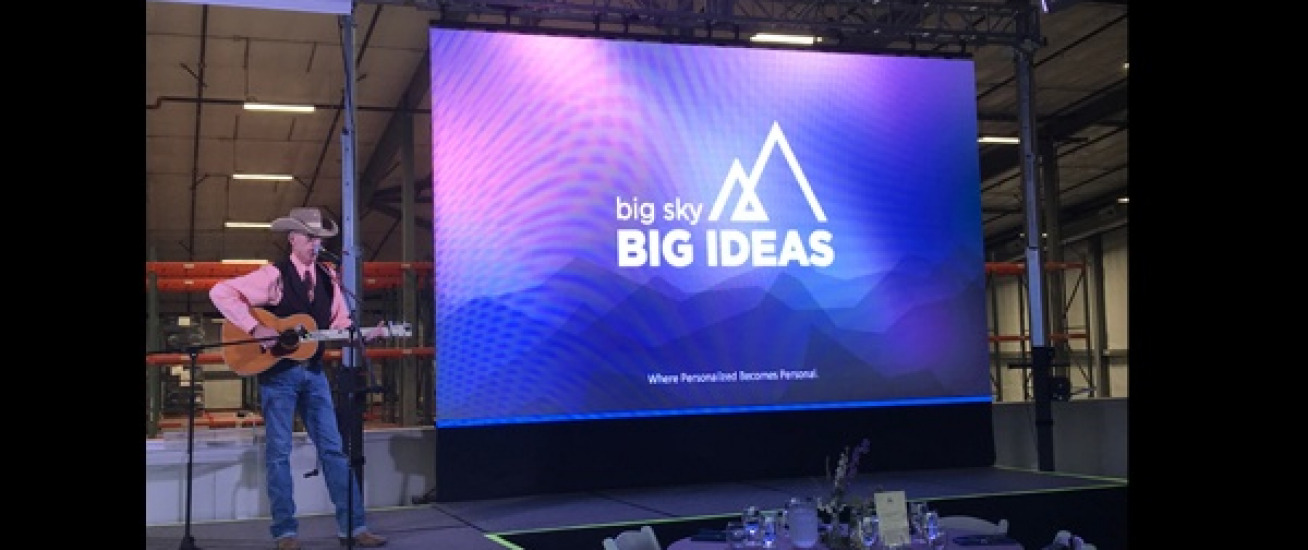A Thorough Analysis of Various Light Emitting Diode Display Wall Techniques and Their Applications
A Thorough Analysis of Various Light Emitting Diode Display Wall Techniques and Their Applications
Blog Article
Light Emitting Diode display screens are more common across different environments, including concerts, athletic competitions, as well as corporate presentations. These large displays consist of composed of numerous individual Light Emitting Diode panels that work together to create a single cohesive image. Various multiple kinds of Light Emitting Diode display screen technologies on the market, every having its unique characteristics and benefits. Understanding these technologies technologies can help businesses and organizations choose the right solution for their particular requirements.
One common kind of LED video screen solution is the direct view LED. Such solution utilizes individual LED units which are arranged closely together to create a big screen. Direct view Light Emitting Diode walls are recognized for their elevated luminosity and vibrant hues, which makes them perfect for outdoor events or well-lit illuminated settings. They also have a broad sight angle, which means that viewers can view the screen clearly from different positions. Such renders directly viewed LED walls a popular option for sports arenas as well as external events.
A different kind of LED video wall technology is the LED illuminated Liquid Crystal Display. Such technology combines conventional Liquid Crystal Display screens with LED illumination for improved luminosity as well as color accuracy. LED-backlit LCDs are commonly utilized in interior settings, such as shopping centers as well as meeting spaces. These displays provide excellent image quality and are generally more affordable than directly viewed Light Emitting Diode screens. Nonetheless, they may not perform as well in bright environments, since the illumination can occasionally dull the hues.
A third option is the OLED video wall. OLED solution offers exceptional differentiation and hue richness in relation to alternative kinds of screens. Every dot in an Organic Light Emitting Diode screen emits its own luminescence, enabling for genuine dark tones as well as vibrant hues. Such renders Organic Light Emitting Diode display screens especially attractive for uses which demand premium images, including gallery exhibitions or luxury find more shopping outlets. However, OLED technology can be more expensive and may not be as bright as direct view LED screens, rendering it not appropriate for external use.
In addition to these options, various also various uses for Light Emitting Diode display screens. They can be used for promotion, amusement, and information presentation. For instance, businesses often utilize Light Emitting Diode video walls for electronic advertising to attract customers as well as promote products. In amusement, these displays enhance the visual experience at music events as well as events, providing dynamic backdrops and engaging images. Within business settings, LED display screens can be used for demonstrations, visual conferencing, as well as educational sessions, aiding to communicate information through a aesthetically appealing manner.
To summarize, LED display walls come in various types, each having its own advantages as well as uses. Direct view Light Emitting Diode screens are great for external use, while LED-backlit Liquid Crystal Displays are more appropriate for indoor settings. Organic Light Emitting Diode video screens offer exceptional image clarity but may be at a greater cost. Grasping the differences differences can assist entities to make informed decisions about the best type of Light Emitting Diode video wall most meets their requirements, whether for promotion, amusement, or business use.